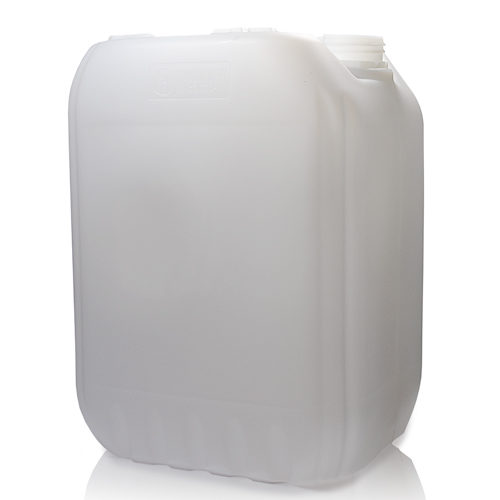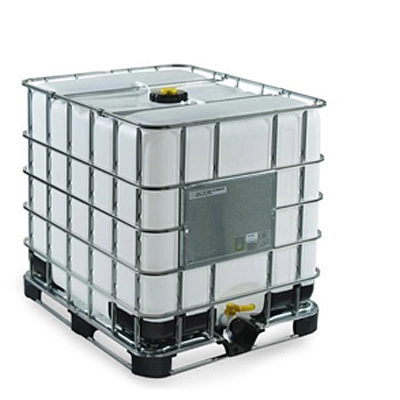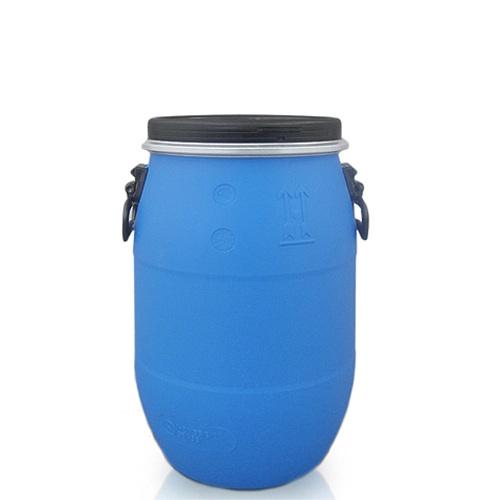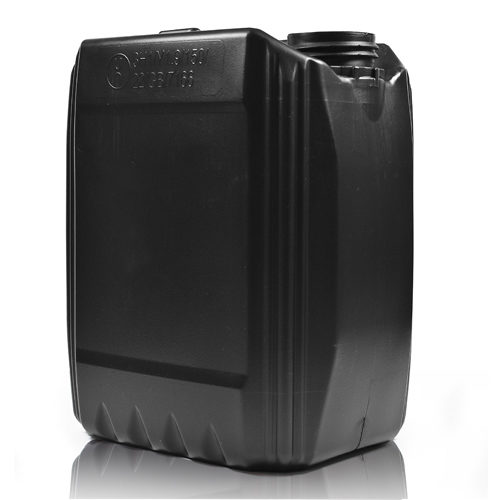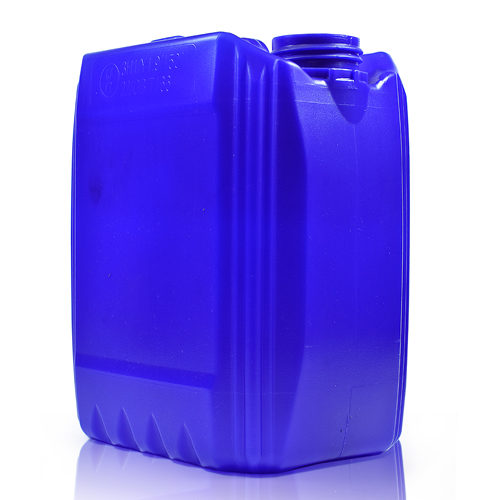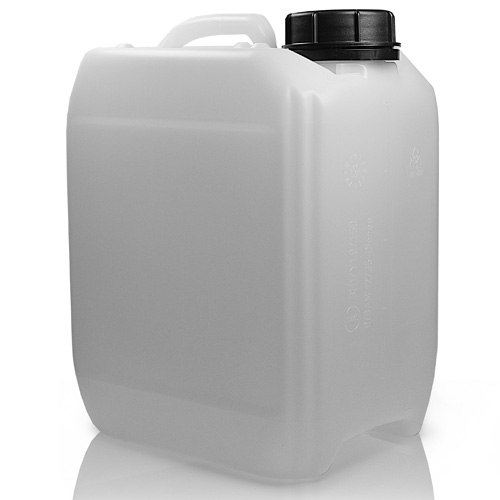Guide To Storing Hazardous Substances Safely
Many businesses across the UK are responsible for using, dispensing and storing hazardous substances. But whether you’re new to the field, or you’re brushing up on the current rules and regulations, there’s a lot you need to know.
What are hazardous substances?
According to COSHH (the UK’s Health & Safety Executive’s branch dedicated to the Control of Substances Hazardous to Health), hazardous substances are defined as:
- chemicals
- products containing chemicals
- fumes
- dusts
- vapours
- mists
- nanotechnology
- gases and asphyxiating gases
- biological agents (germs). If the packaging has any of the hazard symbols then it is classed as a hazardous substance.
- germs that cause diseases such as leptospirosis or Legionnaires’ disease and germs used in laboratories.
COSHH doesn’t cover lead, asbestos or radioactive materials as they have their own separate regulations, but these are also substances that need to be stored securely.
Why do you need to know how to store hazardous substances safely?
This may seem obvious, but it’s important to be aware of the potential consequences of not storing hazardous substances safely. Paying attention to how you manage and store chemicals and other hazardous materials can impact everything from staff safety to revenue and business planning.
Staff safety
Noxious fumes, unrestrained germs and dangerous chemicals can do serious damage to health if they’re not contained correctly. To help minimise the risk of causing or exacerbating health conditions, you’ll need to ensure the correct storage of all potentially harmful substances, as well as conducting regular health surveillance checks on your staff.
Business planning
Improperly stored hazardous substances can cause loss of cash flow to your business, especially if the poor storage causes loss of materials in the form of leaks or spills. Not only will you need to pay to replace the lost material, you’ll need to deal with potentially dissatisfied customers and the fallout from contamination and health hazards.
Government regulations
If you’re dealing with hazardous substances, you’re expected to undertake regular COSHH assessments. Failure to consider COSHH and conform to the HSE regulations can result in heavy fines and even prosecution, especially if staff are exposed to dangerous substances and fall ill as a result. Secure, safe storage can help reduce levels of exposure to hazardous substances – and protect your business from potential sanctions.
How do you know if COSHH applies to your business?
The storage of hazardous substances isn’t just for chemical manufacturers and factories. Substances such as dust are found everywhere from school kitchens to bakeries. In small amounts it isn’t necessarily harmful – but for employees who are exposed to these substances day after day, it can cause health problems.
If you work in any of the following industries, you may need to take COSHH precautions:
- Agriculture
- Baking
- Beauty
- Catering
- Cleaning
- Engineering
- Hairdressing
- Oil & gas
- Printing
- Motor vehicle repair
- Welding
- Woodworking
In short, if any of the substances defined above are present in your workplace, you should assess your storage facilities to check they minimise the risk to your staff.
What are the risks?
Hazardous substances pose many risks that can be minimised by secure storage and proper procedures.
Chemical reactions
Certain chemicals can react unexpectedly with other elements – so it’s important that you know how to store different types of chemicals.
Health hazards
Even dust – which sounds pretty harmless – can have an impact on health if it isn’t properly contained or protected against. Other substances – including acids, printer inks and vapours – have the potential to be even more harmful to health.
Fire & explosions
Flammable materials and substances can cause serious damage to property and stock – as well as endangering staff and customers – if improperly stored.]
Storing hazardous substances safely
If you’re storing pre-labelled goods, make sure you take care to store and handle them according to the package instructions. This will not only ensure you’re working with COSHH regulations, but will make sure the goods remain saleable and effective. These guidelines include temperature, proximity to other substances, and suggested protective equipment.
If you’re storing goods that don’t necessarily come with a warning label, you need to know exactly what you’re storing before you can accommodate it in your storage facility.
Flammable substances
COSHH regs state that flammable substances that aren’t in use should be stored in fire-resistant cabinets or bins which are designed to retain spills. They shouldn’t be stored with other dangerous goods, including (but not limited to) oxidizers and corrosive materials. Flammable products which are required for practical purposes should be accessible in the working area – but only the amount required for that particular shift or task.
Pressurised substances
Liquids and gases that are stored in pressurised cylinders are liable to explode under certain conditions, such as intense heat or on impact. As such, they need to be stored in moderate temperatures and secured to prevent toppling. COSHH regulations recommend storing cylinders upright to ensure that any minor leaks are of gas rather than liquid. Gas can be easily dispersed in a well-ventilated area.
Oxidising substances
Oxidising substances can encourage a blaze to spread even in the absence of air. Organic peroxides are a particularly hazardous type of oxidising substance, as they can be sensitive to friction and combustible even at relatively moderate temperatures. These should be stored separately from flammable, corrosive and toxic materials to minimise risk of combustion.
Toxic substances
It’s vital to properly store toxic substances to reduce the risk of acute, short-term health issues that can result from leaks, punctures and spills. Toxic materials should be stored in suitable containers where they’re unlikely to come into contact with staff or customers. Toxic substances can pose a particular risk to emergency services staff in the event of a fire, where toxic fumes and/or liquids can be spread by smoke and water.
Corrosive substances
Substances which are liable to cause injury or burns if they come into contact with skin are known as corrosive materials. Take note of the specific corrosive substances you are storing – certain corrosives can react with their packaging, so it’s important to use packaging that’s suitable for corrosive chemical storage.
What else do you need to consider when storing hazardous substances?
Staff training, appropriate Personal Protective Equipment (PPE) for staff and suitable chemical packaging are all vital for minimising the risks incurred by storing hazardous substances.
To find out more about COSHH regulations, visit the Health & Safety Executive website. If you’re ready to find out more about the best container for storing hazardous substances at your company, drop our sales team a line. They’ll be happy to talk you through the best options for your requirements.
